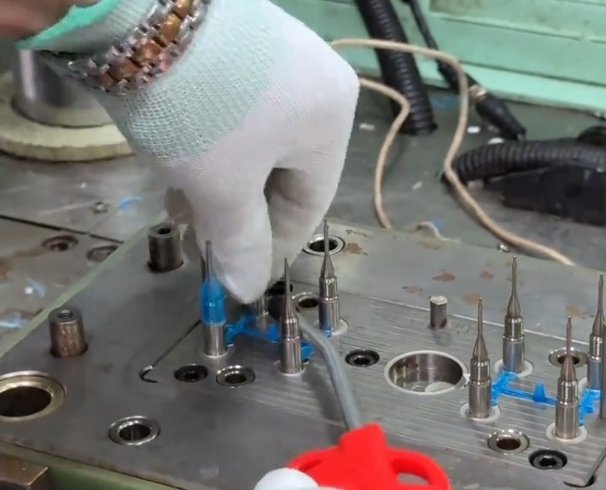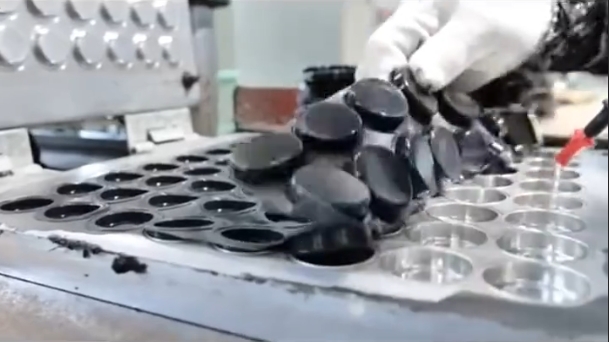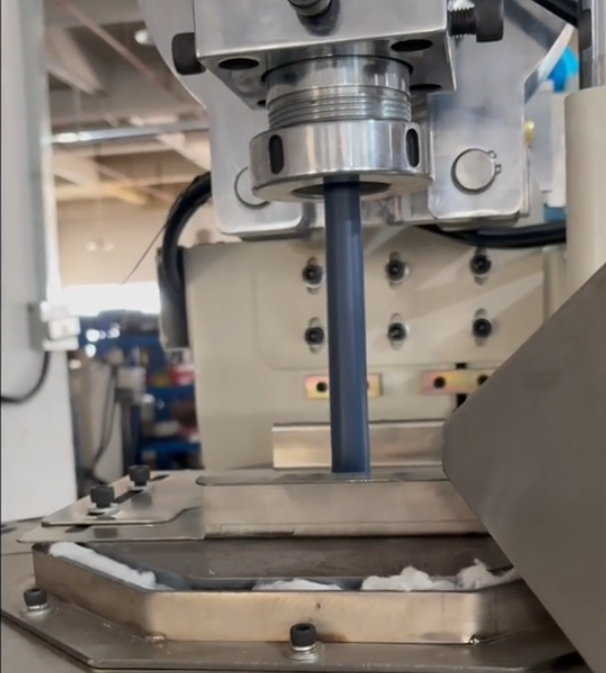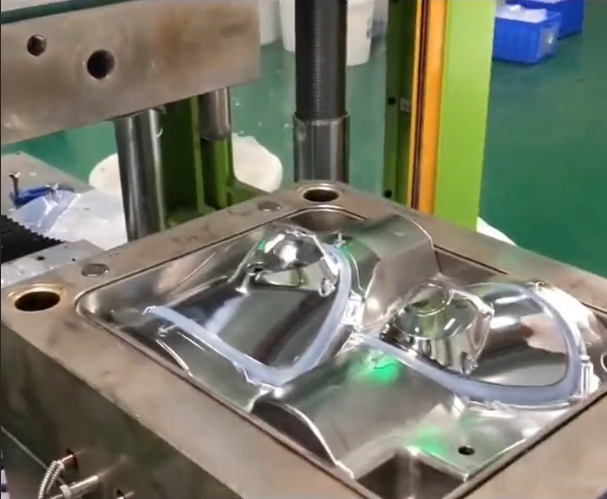Zawartość
Introduction to Silicone Molding
Formowanie silikonu is a versatile process used to create a wide range of products, from simple seals to complex medical devices. In the wholesale industry, understanding different molding processes is crucial for meeting diverse customer needs. This article will explore three key silicone molding techniques: injection molding, extrusion molding, and liquid silicone rubber (LSR) molding.
![]()
![]()
Injection Molding: Precision at Scale
Injection molding is a highly precise and efficient process used to produce large volumes of silicone products. The process begins with the preparation of the silicone material, which is typically a two-part compound that is mixed to achieve the desired consistency and properties. This mixture is then loaded into an injection molding machine, which heats the material to a viscous state and injects it into a closed mold under high pressure. The mold is designed to the exact specifications of the final product, ensuring high precision and consistency in every unit produced.


The advantages of injection molding include high production efficiency, the ability to create complex shapes with tight tolerances, and the potential for automation, which reduces labor costs. However, the initial setup costs for molds and machinery can be high, making it more suitable for large production runs. This process is ideal for products such as silicone seals, gaskets, and custom silicone products that require high precision and consistency.


Extrusion Molding: Continuous Production of Uniform Shapes
Extrusion molding is a continuous process used to produce silicone products with a uniform cross-sectional shape. The process starts with the preparation of the silicone compound, which is then fed into an extruder. The extruder, equipped with a screw, pushes the material through a die that shapes it into the desired profile. The extruded material is then cooled and cut to the required length.


Extrusion molding is particularly useful for producing long, continuous products such as silicone tubes, rods, and profiles. The process is efficient and can run continuously, making it suitable for high-volume production. The main advantages of extrusion molding are its ability to produce products with consistent dimensions and the flexibility to change the cross-sectional shape by simply replacing the die. However, the process is less suitable for producing complex three-dimensional shapes.
Liquid Silicone Rubber (LSR) Molding: Versatility and High-Quality Outputs
Liquid silicone rubber (LSR) molding is a process that uses a two-part liquid silicone compound. The A and B components are mixed in a 1:1 ratio and then injected into a heated mold. The mold is designed to the exact specifications of the final product, and the LSR cures quickly under heat, forming a solid silicone part.


LSR molding offers several advantages, including the ability to produce high-quality, complex parts with excellent surface finishes. The process is also highly repeatable and can be automated, making it suitable for large-scale production. LSR is particularly useful for applications requiring biocompatibility, such as medical devices, and for products that need to withstand extreme temperatures and chemicals. The main drawback is the higher cost of the LSR material compared to solid silicone, but this is often offset by the high quality and performance of the final product.
Custom Silicone Products: Meeting Specific Needs
In the wholesale industry, the ability to produce custom silicone products is essential. Each of the three molding processes discussed can be adapted to create custom products that meet specific customer requirements. For example, injection molding can be used to produce custom-shaped seals for industrial equipment, extrusion molding can create custom profiles for architectural applications, and LSR molding can be used to produce custom medical devices with complex geometries.
Custom silicone products require close collaboration between the manufacturer and the customer to ensure that the final product meets all specifications and performance requirements. This includes detailed discussions about material properties, mold design, and production processes to achieve the desired outcome.
Wnioski
Silicone molding is a critical process in the production of a wide range of products, and understanding the different techniques is essential for wholesalers. Injection molding, extrusion molding, and LSR molding each offer unique advantages and are suited to different types of products and production volumes. By choosing the right molding process, manufacturers can ensure high-quality, consistent products that meet the diverse needs of their wholesale customers. Whether it’s precision parts for industrial use or custom silicone products for specialized applications, the right molding technique can make all the difference.


